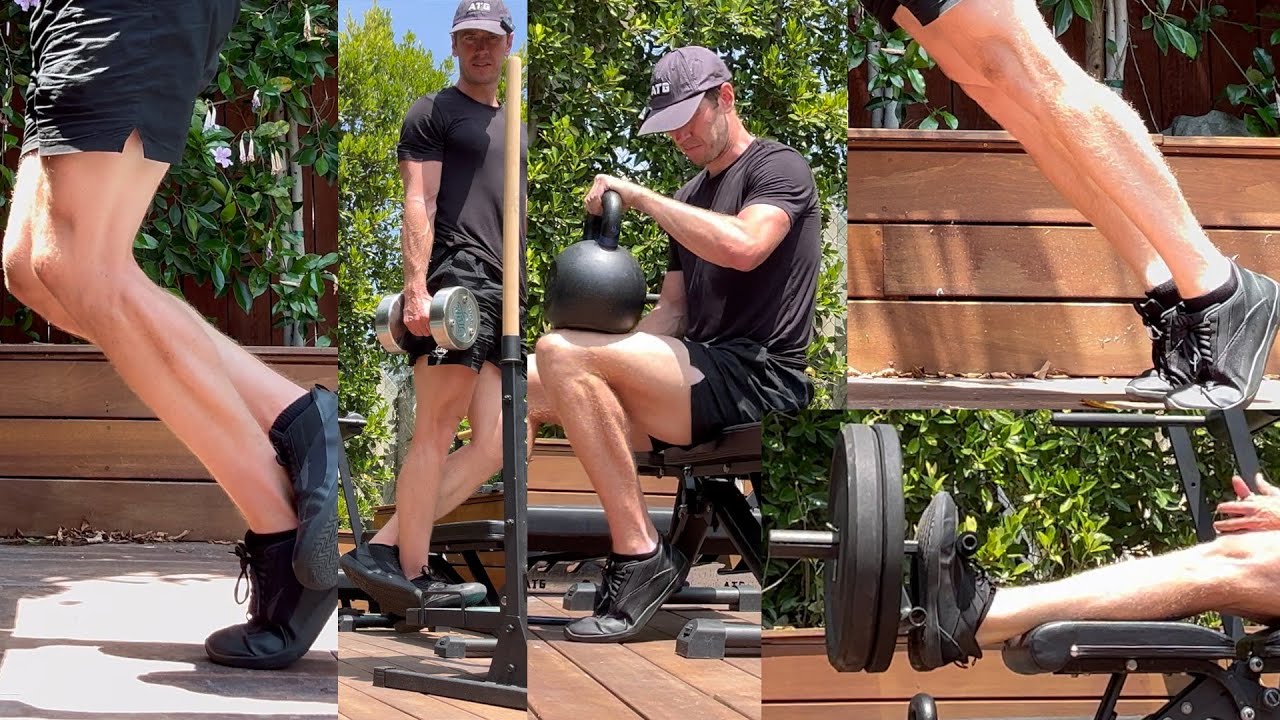
The ATG Calf System has proven to be extremely beneficial to me. This is not a fancy bodybuilding routine, but rather a simple system to support healthy lower legs. As a former fragile athlete, this system has made a significant difference for me. Let us get into how it works and why it is so useful.
Starting Simple
The ATG Calf System can begin with only a wall. Yes, a wall! Use a wall to perform straight leg and bent knee calf raises. These exercises are easier to perform on two legs than on one. It’s a great way to start without needing any equipment.
Understanding Your Calf Muscles
We have two main calf muscles: the gastrocnemius and the soleus. The gastrocnemius is the upper calf muscle, named after the Latin words for belly and leg because it bulges out like the belly of your leg. The soleus is the lower, deeper calf muscle, and its name comes from the Latin word for sandal.
Different Exercises for Different Muscles
Targeting the upper calf with a straight leg elevates the lower calf with a bent knee. However, we do not worry about which is superior in the ATG system. We just learned how to use both. With just a wall and sufficient repetitions, you can accomplish amazing achievements without the need for any equipment.
Adding Weights
Try a single leg standing calf raise if you have weights. Utilise the fist on your non-working side to gauge how much you are lifting. For the same reps, try to use at least 20% of your pain-free, close-stance, heel-elevated squat weight. Aim for at least 40 pounds in the calf raise, for instance, if you can complete eight reps with 200 pounds in the squat.
Using a Seated Calf Machine
A seated calf machine is useful for strengthening the soleus muscle. Although you are not lifting your own body weight, using a dumbbell or kettlebell will still work the soleus muscle. Just be sure to use enough weight and repetitions. Although it can be simple to accomplish over 20 repetitions with a 90-pound kettlebell, this is not the most accurate way to measure strength.
Enjoy Different Methods
For the soleus, you can use the wall, kettlebell, or machine approaches. Use whatever equipment you have to challenge your soleus. For the opposite side of the calf, remember to perform tibial raises in addition to straight and bent knee calf raises. You are already ahead of the game if you are training effectively in all three areas.
Tips for Better Form
Exercises for the lower legs are usually simpler than those for the upper legs, although I have learned a few tricks. First, give each rep a little pause at the top and bottom. You get both strength and flexibility from this. Instead of just lifting additional weight and bouncing against the wall, adopt the stretch position and stay there.
Mastering the KOT Calf Raise
The hardest to get good at is probably the Knees Over Toes (KOT) calf raise. Go only as far as your knee will go over your toe. Aim to keep your body motions limited to the calf lift. Remain calm and concentrate on the motion. Maintaining this role requires a lot of work, but it is worthwhile.
